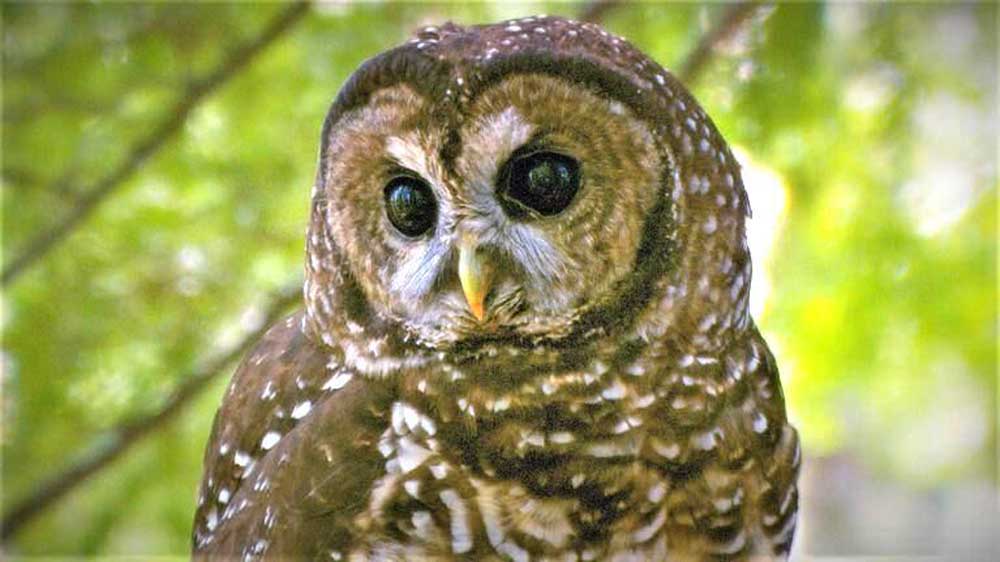Timber Wars
Published 1:51 pm Monday, September 21, 2020

- The spotted owl is protected under federal law.
When a caravan of logging trucks descended on Salem to protest cap and trade, it may have been a surprising sight to some.
But the rally under the banner of #TimberUnity echoed a not-too-distant history of conflict between the timber industry and environmentalists in the Pacific Northwest.
Many Oregon residents may be generally familiar with the northern spotted owl. They might know that its protection under the Endangered Species Act in 1990 and the development of the Northwest Forest Plan several years later played a major role in reshaping the timber industry in Oregon. But a new podcast from Oregon Public Broadcasting that launched this month aims to dig deeper.
“Timber Wars” tells the story of how a fight over ancient trees and the fate of a bird became a signature environmental conflict of the 20th century — one that continues to reverberate through Oregon communities and politics today.
The seven-part series delves into the stories of activists, scientists, loggers and political actors to examine the sometimes violent clashes and fundamental policy shifts that occurred in the late 1980s and early 1990s.
For people who did not grow up in the Pacific Northwest, “we look at the forest and think, ‘Oh, those are natural forests. We’ve always valued them as forests. We’ve always wanted to protect them,’” said Aaron Scott, the producer and host of the podcast.
Only a few decades ago, however, forests were primarily seen as crops, a renewable resource that many believed would remain more or less the same as it was harvested and regrown and harvested again.
Now, these same forests are recognized as complex ecosystems, a shift in scientific understanding that has infiltrated policy and forestry practices and forever altered communities that once thrived on logging.
Growing up, Scott knew the spotted owl had played an important role. He knew there had been protests to defend old growth forests and stop the practice of clearcutting, that there were activists who went out and climbed the trees ahead of logging operations.
“What I didn’t know was just how drastically our ideas of the forest has changed in a generation,” he said.
The podcast showcases examples of collaboration between environmental groups and the industry. Such partnerships remain difficult and sometimes uneasy because of what unfolded during the timber wars.
“Trust was so destroyed between everybody that even when there’s a plan that sounds scientifically sound, people react to it emotionally,” Scott said.
The height of the timber wars might be in the past now, but they are not over. If anything, Scott said, they have evolved. Looking at movements like #TimberUnity: “The lines of that were drawn by the timber wars, logging versus urban environmentalists,” he said.
Final editing on the podcast happened at a strange time. Wildfires raged across Oregon ahead of the launch date. One former logging town highlighted in the podcast was hit especially hard. People lost houses and businesses.
“It’s heartbreaking,” Scott said. “The level of suffering is just heartbreaking.”
He saw the outpouring of grief on social media, the feeling from people that parts of Oregon and swaths of forest will never be the same.
But through his reporting for “Timber Wars,” Scott knows a forest is never static.
While it can be argued that these particular fires — stoked by a combination of climate change-related shifts, forest policies and a fatal combination of wind and weather — are not quite the same, disturbance remains an important part of the ecosystem.
“What I tell myself when I’m hurting is that this is natural,” Scott said. “The forests may not be the same in my lifetime, but they will grow back.”
Episodes of the podcast are available on Apple Podcasts, the NPR One App and at opb.org





